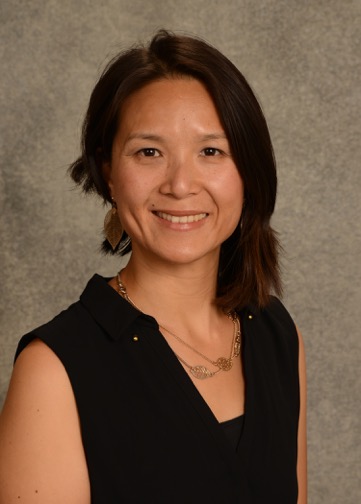Less Risk and Greater Efficacy in Pediatric Lupus Nephritis Treatment

Less Risk and Greater Efficacy in Pediatric Lupus Nephritis Treatment
November 3, 2020
There is no doubt about it. The research into the mechanisms of pediatric lupus nephritis conducted by Elena Hsieh, MD, at the University of Colorado Anschutz Medical Campus, is driven by her genuine concern for the wellbeing of children—and a lifelong passion for science.
With her new grant from the Lupus Research Alliance, Dr. Hsieh—who is a researcher, clinician, and mother – is working on a multi-dimensional investigation that has the potential of lessening risks and greatly improving outcomes for children with this disease.
Underscoring the importance of pursuing this critical line of inquiry is the fact that children with lupus commonly develop kidney disease. Worse still, lupus nephritis is often more severe in pediatric patients than in adults. Sadly, the disease will progress in many of these children, resulting in end-stage renal disease or kidney failure.
“In addressing the needs of children with lupus, we need to better understand the underlying immunological abnormalities in lupus in order to design and use treatments with less toxicity and greater efficacy,” explained Dr. Hsieh.
In pediatric populations, physicians try to minimize procedures and rely on peripheral blood and urine studies. But this approach has its limitations. “We don’t always know what is happening at the level of the organ that is affected. That’s why it’s important to go back to the idea that any autoimmune or immunuodeficiency disorder is really a dysregulation of the immune system. If we can identify which part of the immune system is not working properly, then we can target therapy,” explained Dr. Hsieh.
Working toward this aim, Dr. Hsieh and her team will use innovative technologies that allow for the precise characterization of individual cells in tissues (called MIBI) and in peripheral blood (called CyTOF) and comparisons with samples from patients with other autoimmune or non-autoimmune kidney diseases.
Dr. Hsieh envisions the creation of a “map” of the immune-specific cells that are involved in causing kidney disease. Comparing the “kidney immune maps” may provide invaluable information for the entire lupus scientific community. Dr. Hsieh hopes to illuminate a pathway to understanding the mechanisms that drive kidney disease specifically in lupus.
Another goal of this investigation is to compare lupus patients’ kidney biopsies with a similar precise map of the immunological features identified in their own peripheral blood cells using CyTOF. “The identification of relationships between what is happening in the kidney and what is seen in the blood will help doctors make critical decisions about what medicines to use without having to do a kidney biopsy,” said Dr. Hsieh.
As a researcher, Dr. Hsieh is grateful to the LRA for enabling her to develop a novel approach that has the potential to significantly improve outcomes for children with the disease, offering new hope to their families.
And as a physician and mother, she is thankful on a more individual level: “Patient care is up-close and personal, and I see how severe flares can devastate the lives of children and their parents. This is why I am sincerely thankful to the LRA for the means to identify immunologic pathways that could have a dramatic impact on children with this disease.”
“Pediatric diseases—like lupus nephritis—are, in general, terribly underfunded and understudied. That’s why funding structures like those of the LRA are so vital. The LRA strongly supports areas that are traditionally less well funded and makes a big impact on the progress of care from diagnosis to treatment.” —Dr. Hsieh



